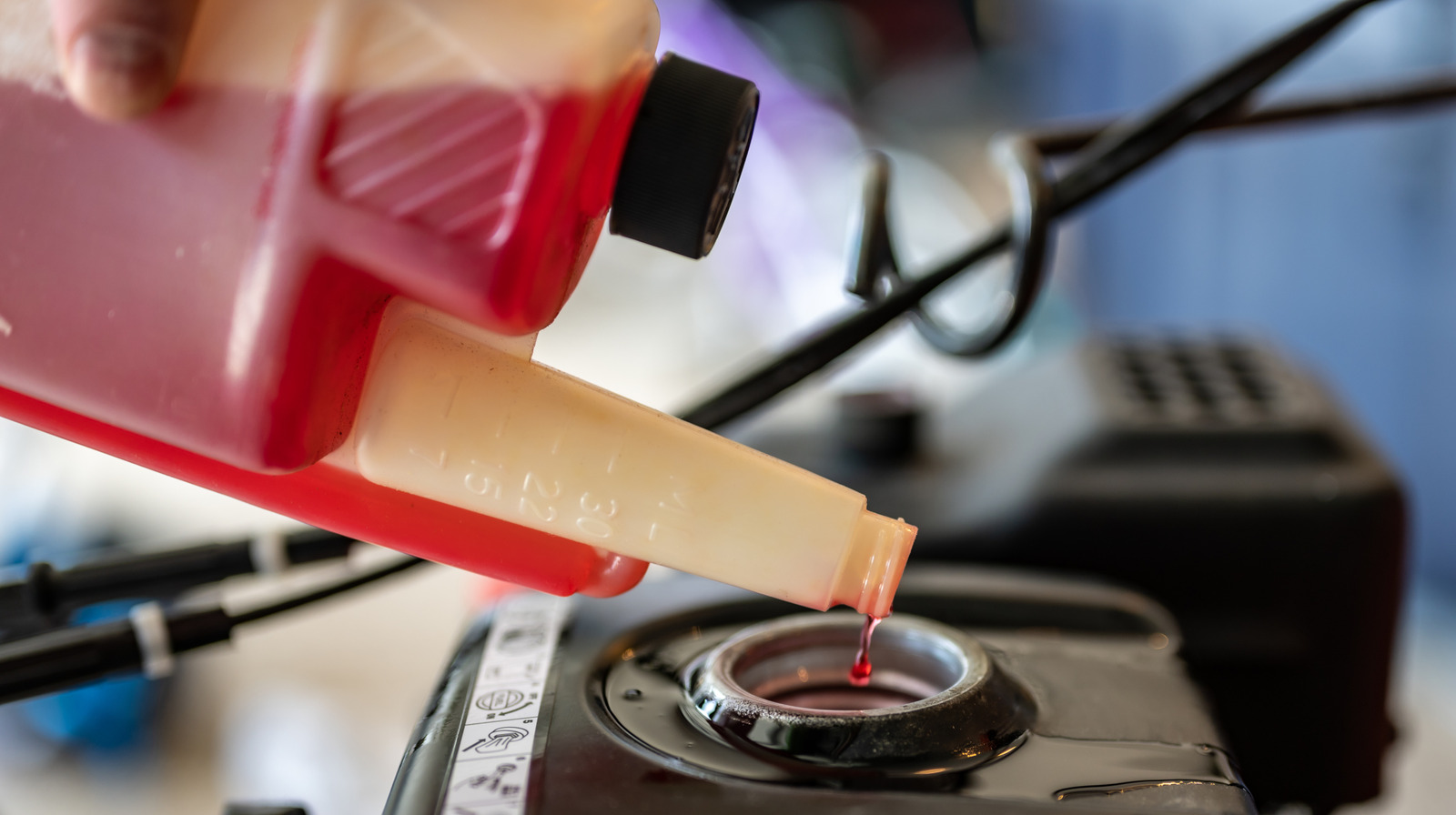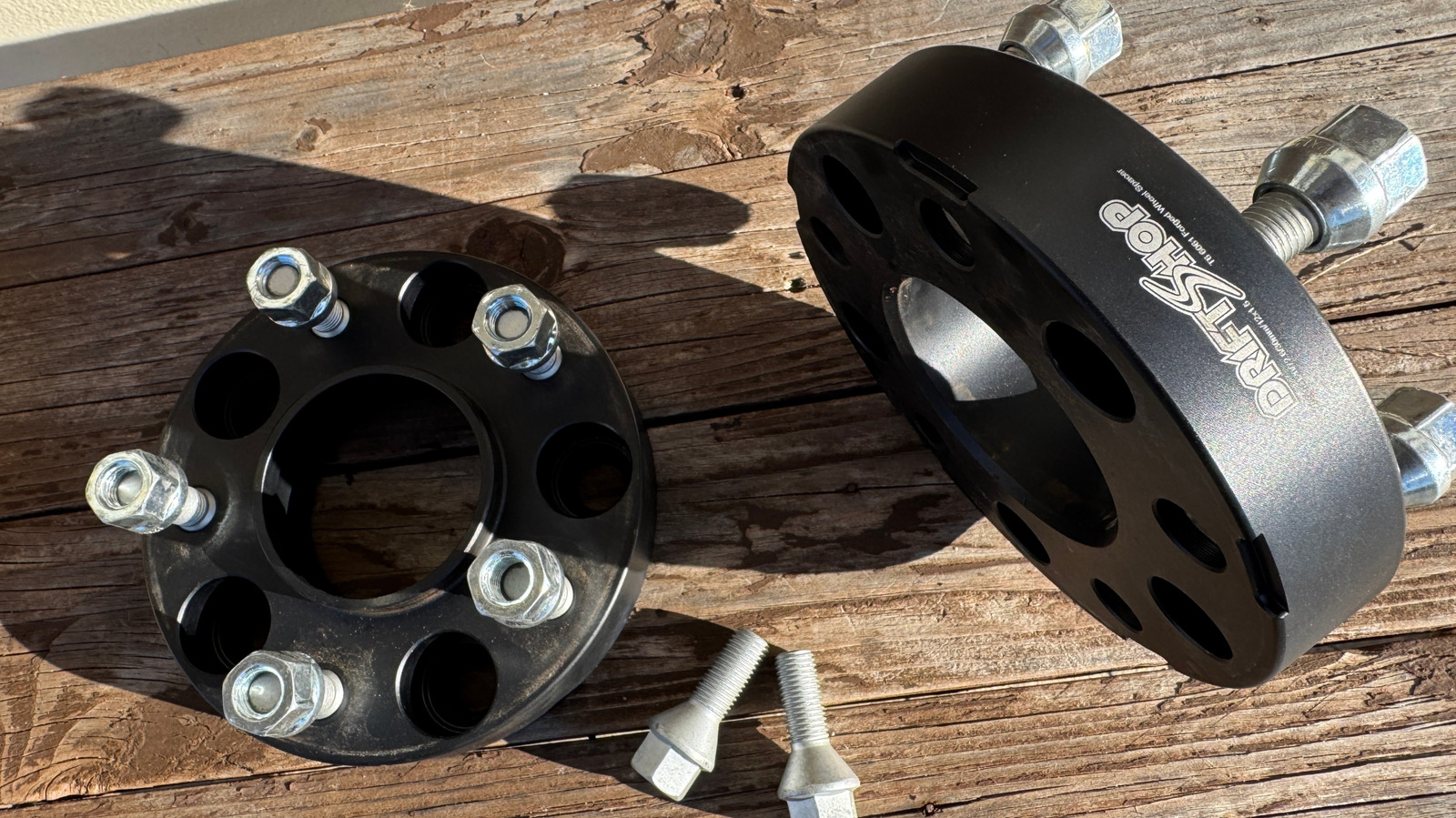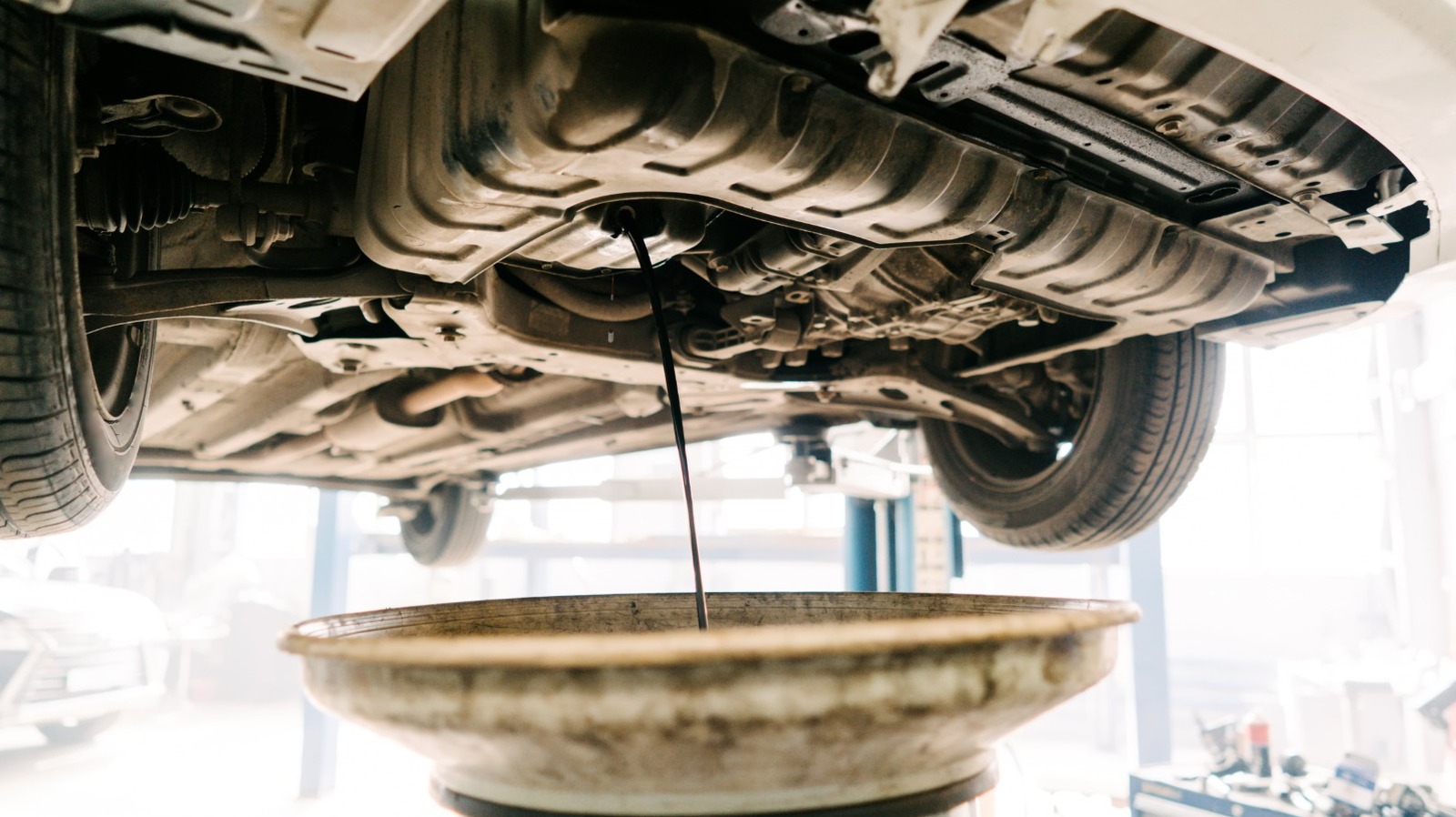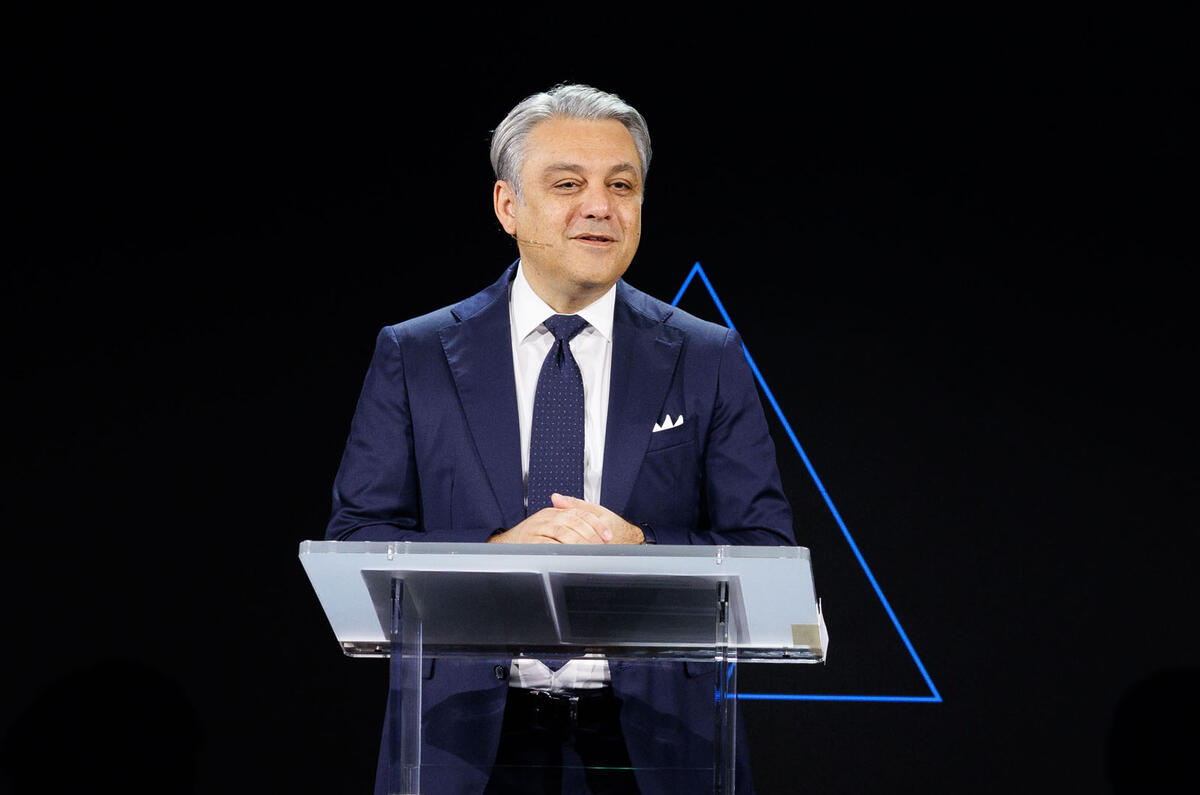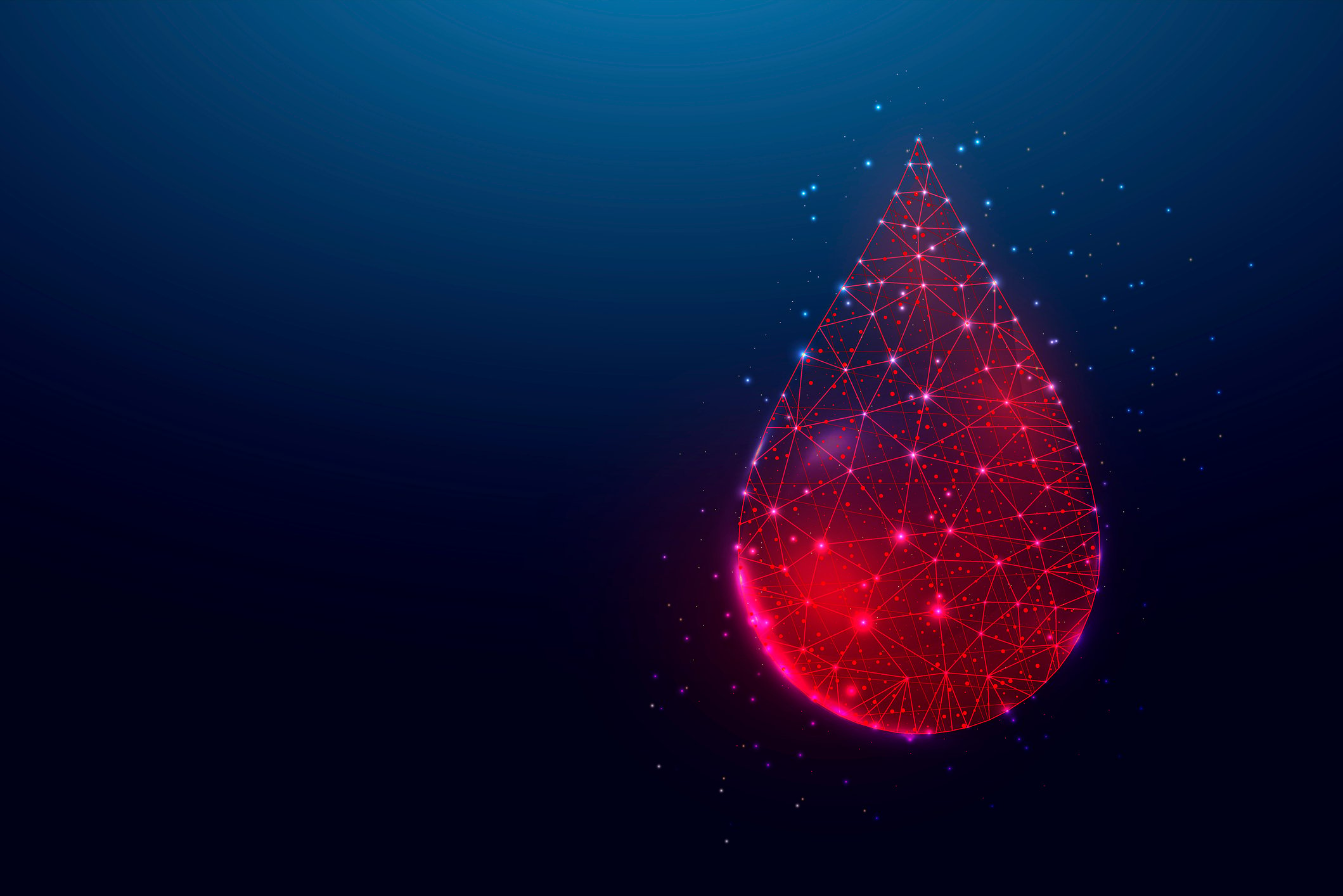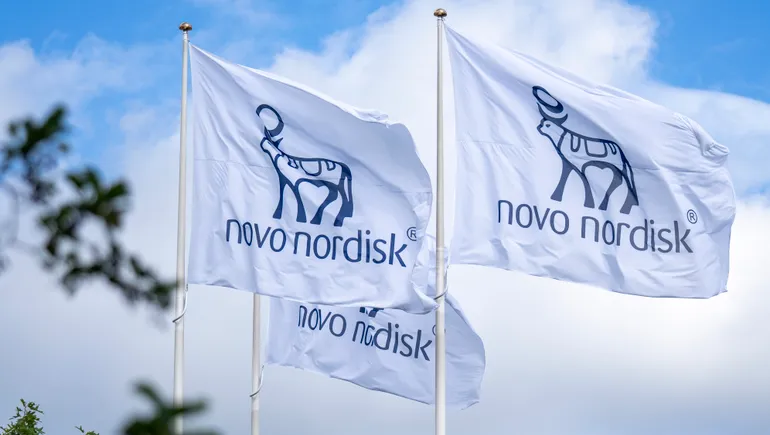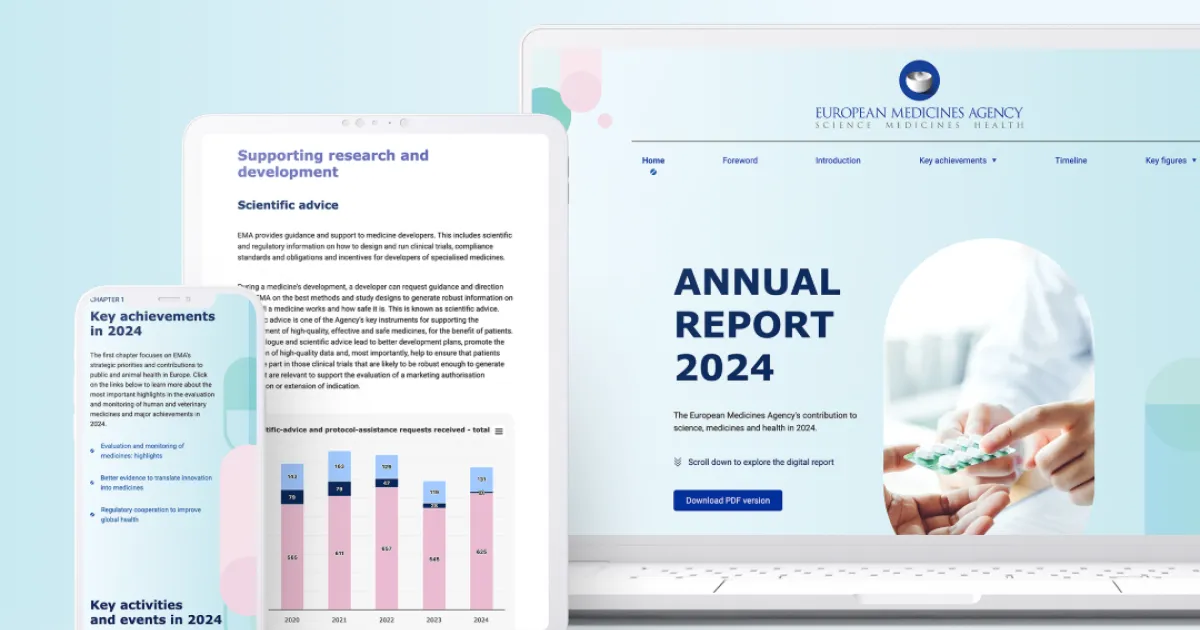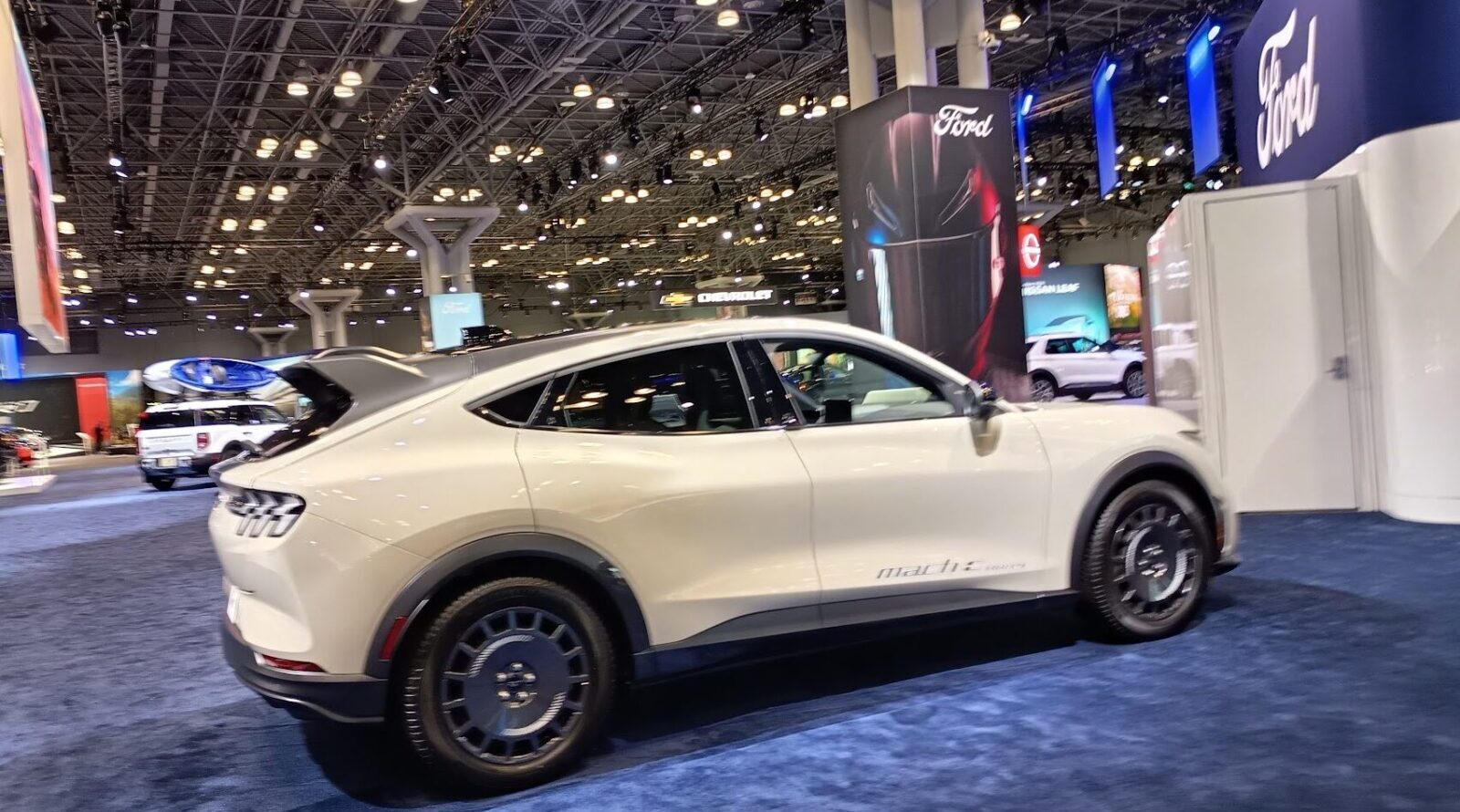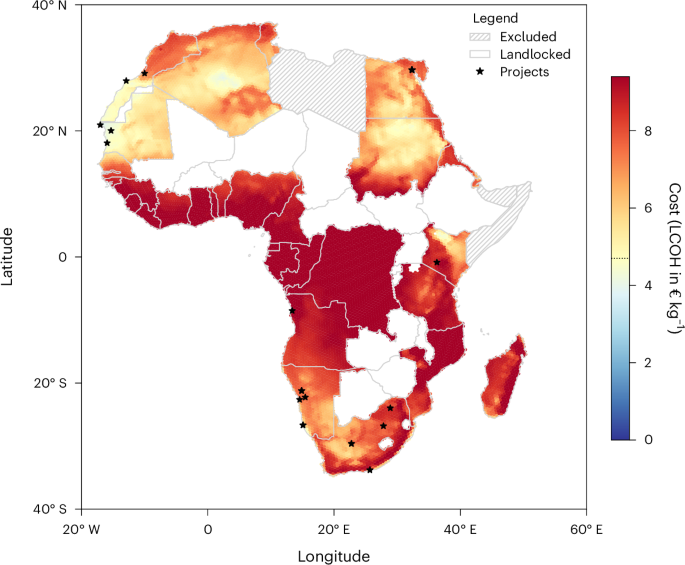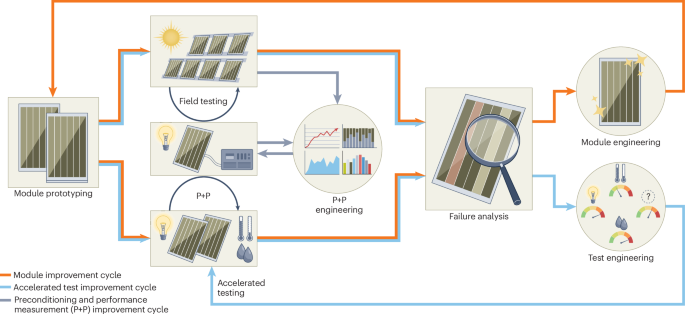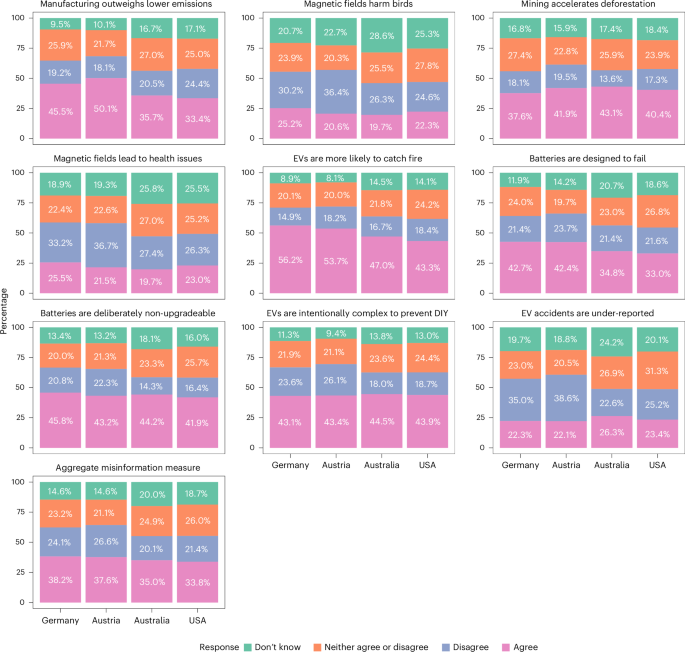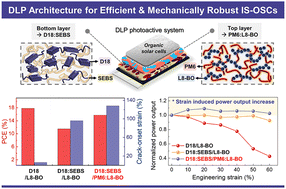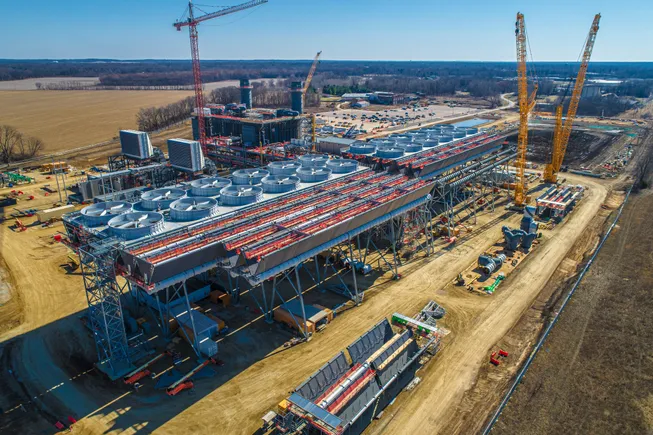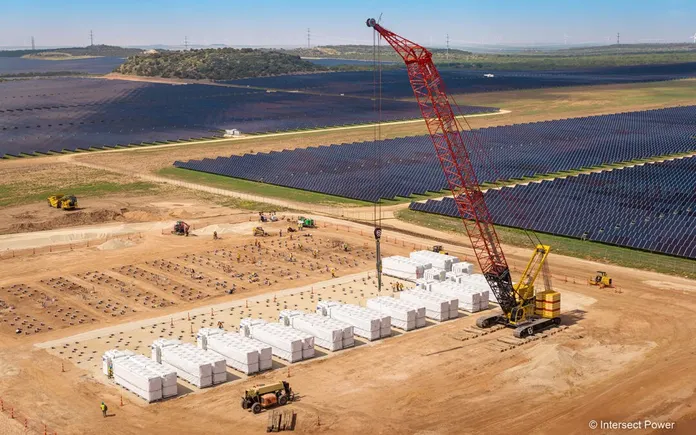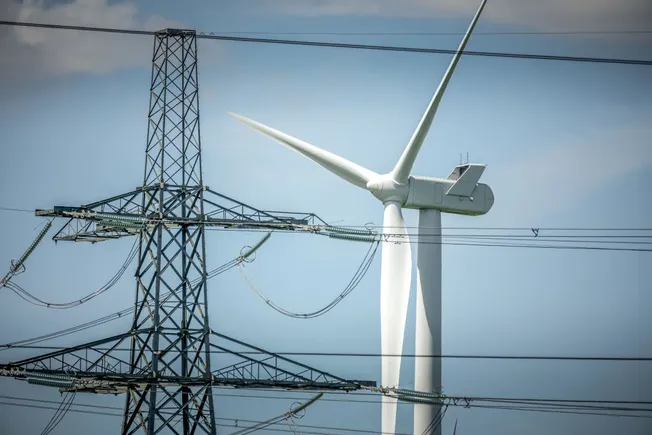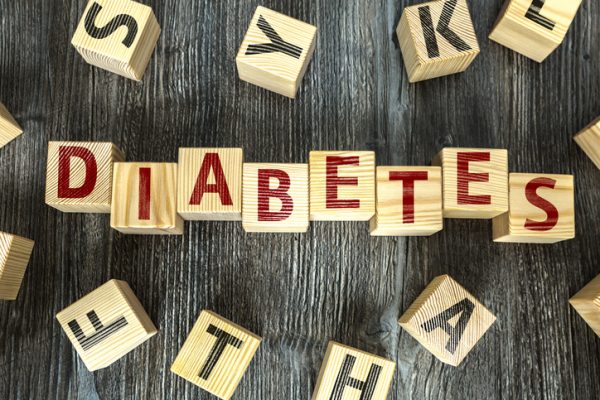Organoid‐Like Neurovascular Spheroids Promote the Recovery of Hypoxic‐Ischemic Skin Flaps Through the Activation of Autophagy
Advanced Healthcare Materials, Volume 14, Issue 15, 10 June, 2025.

Highly sprouting organoid-like neurovascular spheroids (NVUs) are developed, featuring cell-loaded poly-3-hydroxybutyrate 4-hydroxybutyrate(P34HB) porous microsphere cores embedded within Gelatin Methacryloyl. NVUs formed complex vascular plexuses and secreted extracellular matrix in vitro, simulating autologous nerves and blood interaction. NVUs can also promote in vivo regeneration of skin flap. Furthermore, highly biomimetic organoid-like models composed of dermis, vasculature, and innervation are facilely developed to mimic dermal tissues.
Abstract
Crosstalk between nerves and blood vessels plays a crucial role in flap development, injury repair, and homeostasis maintenance. However, in most flap transplantation strategies, the interactions between nerves and blood vessels have been ignored, leading to unsatisfactory repair effects. In this study, highly sprouting organoid-like neurovascular spheroids (NVUs) with P34HB porous microsphere cores embedding in a supportive microenvironment of Gelatin Methacryloyl hydrogel are developed. Cell-laden porous microspheres successfully recapitulated neurovascular coupling by providing a biomimetic extracellular microenvironment for neural and vascular cells at an in vivo cell density. The results demonstrated that neurovascular spheres formed complex vascular plexuses and secreted extracellular matrix, improving in vivo regeneration of skin flap. Autophagy activation regulated by nerves is detected along with the assembly of vascular networks, suggesting its role in neovascularization. By incorporating fibroblasts, highly biomimetic organoid-like models composed of dermis, vasculature, and innervation are facilely developed to mimic dermal tissues. This stable and highly reproducible in vitro model can be utilized for organ repair and mechanistic exploration.







